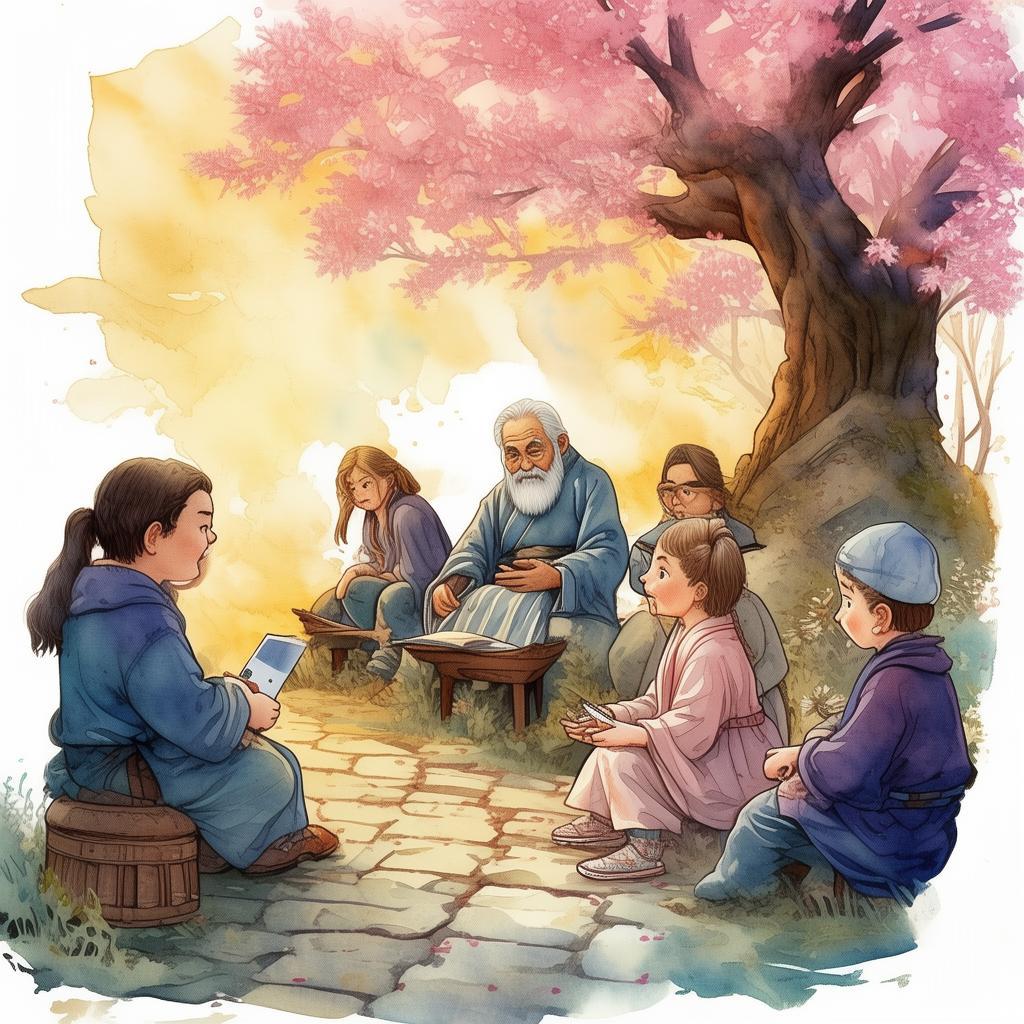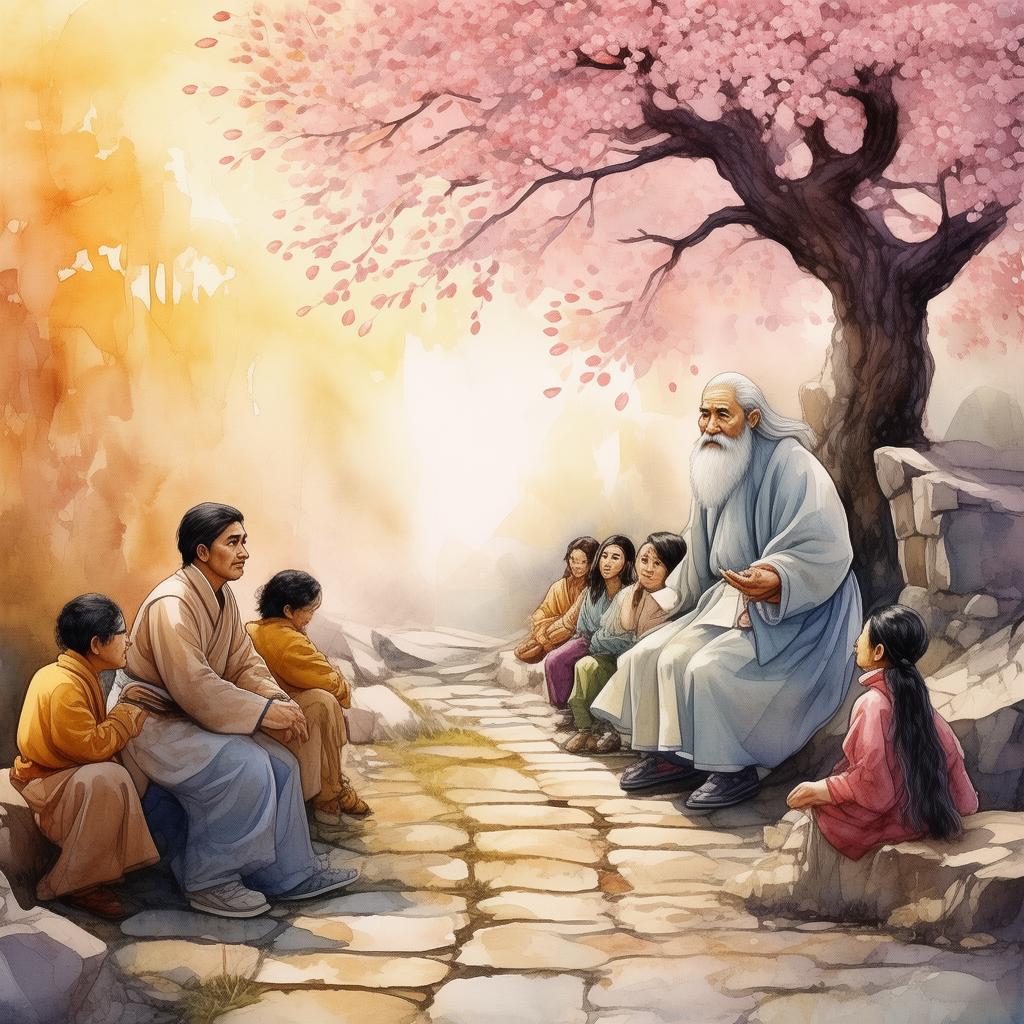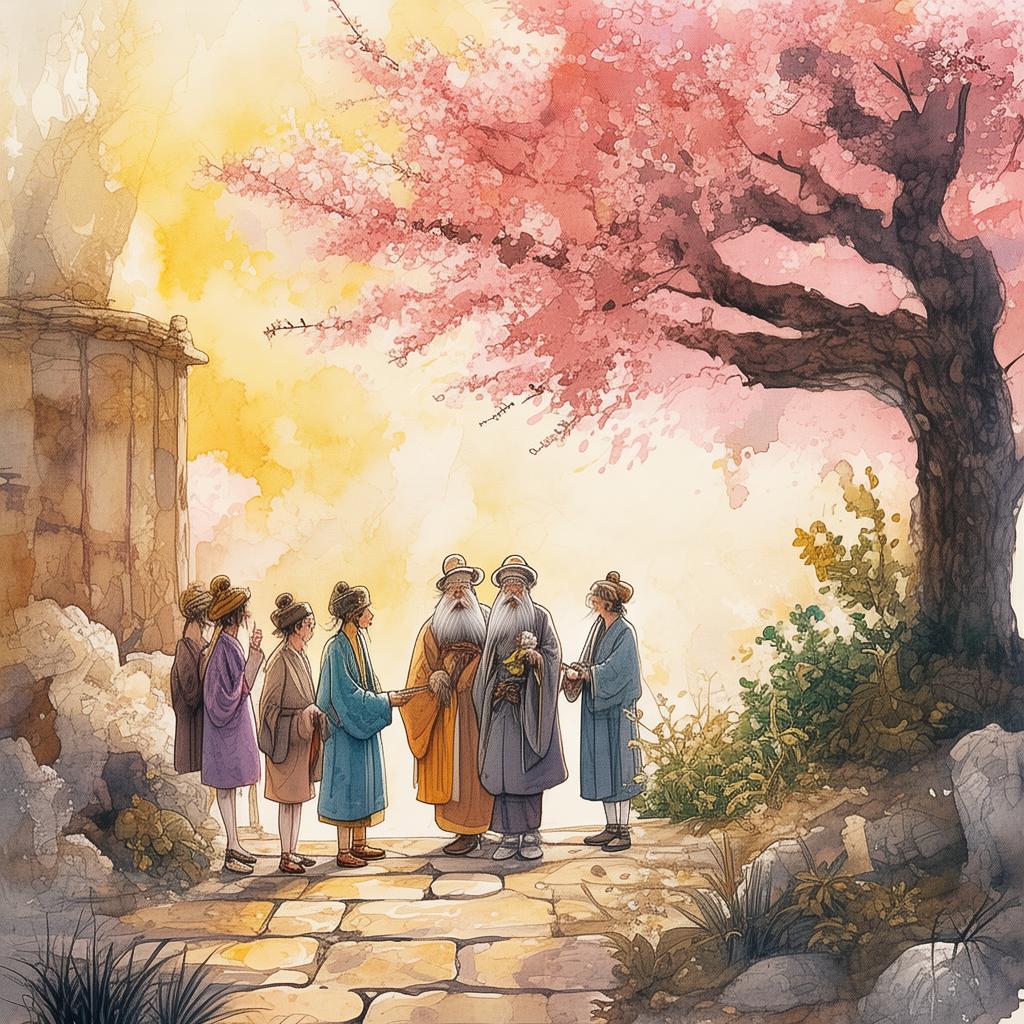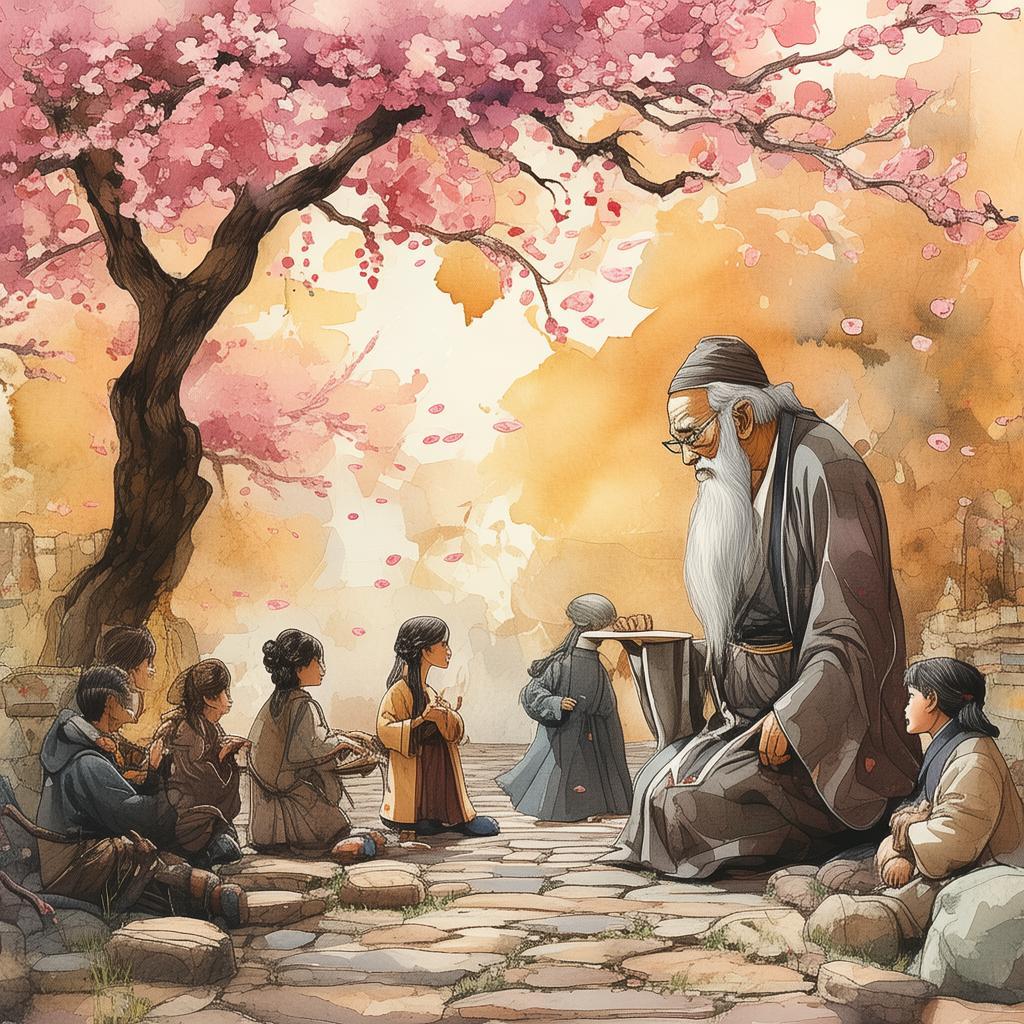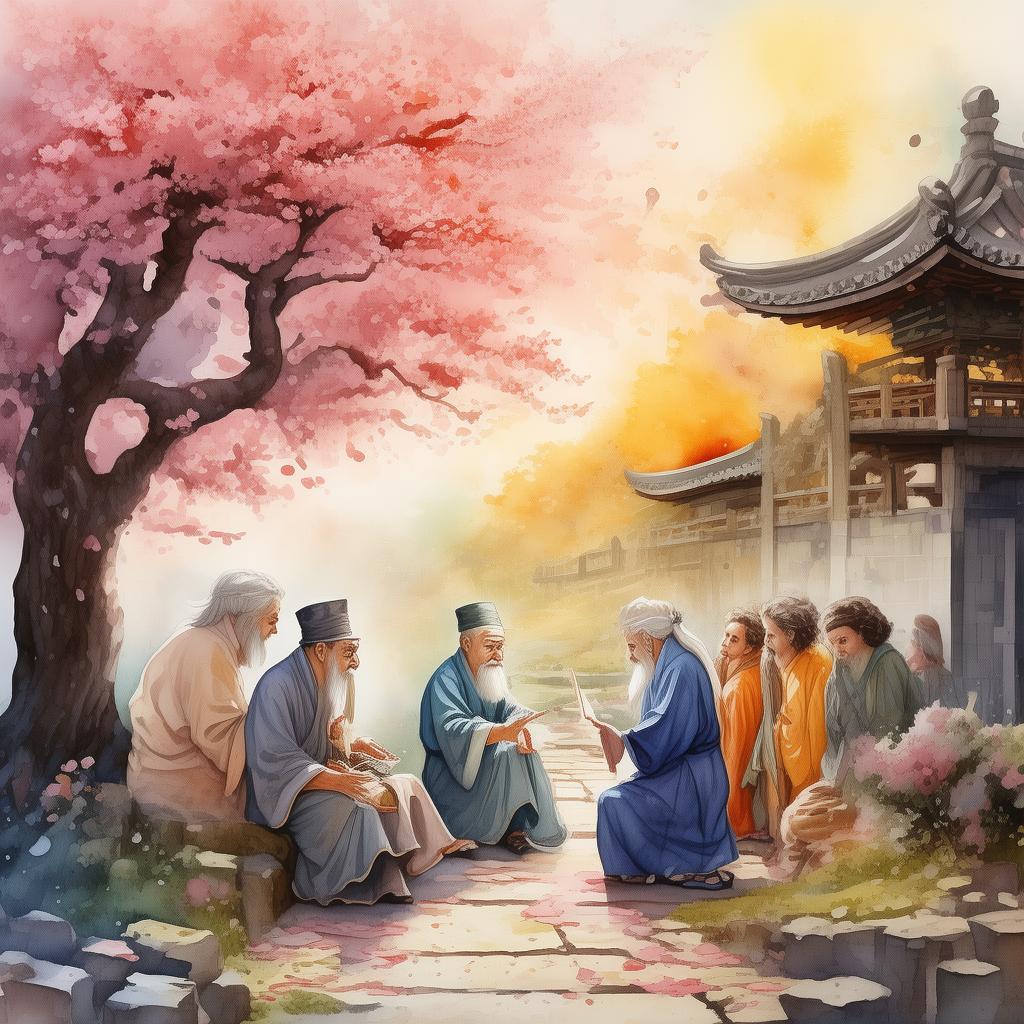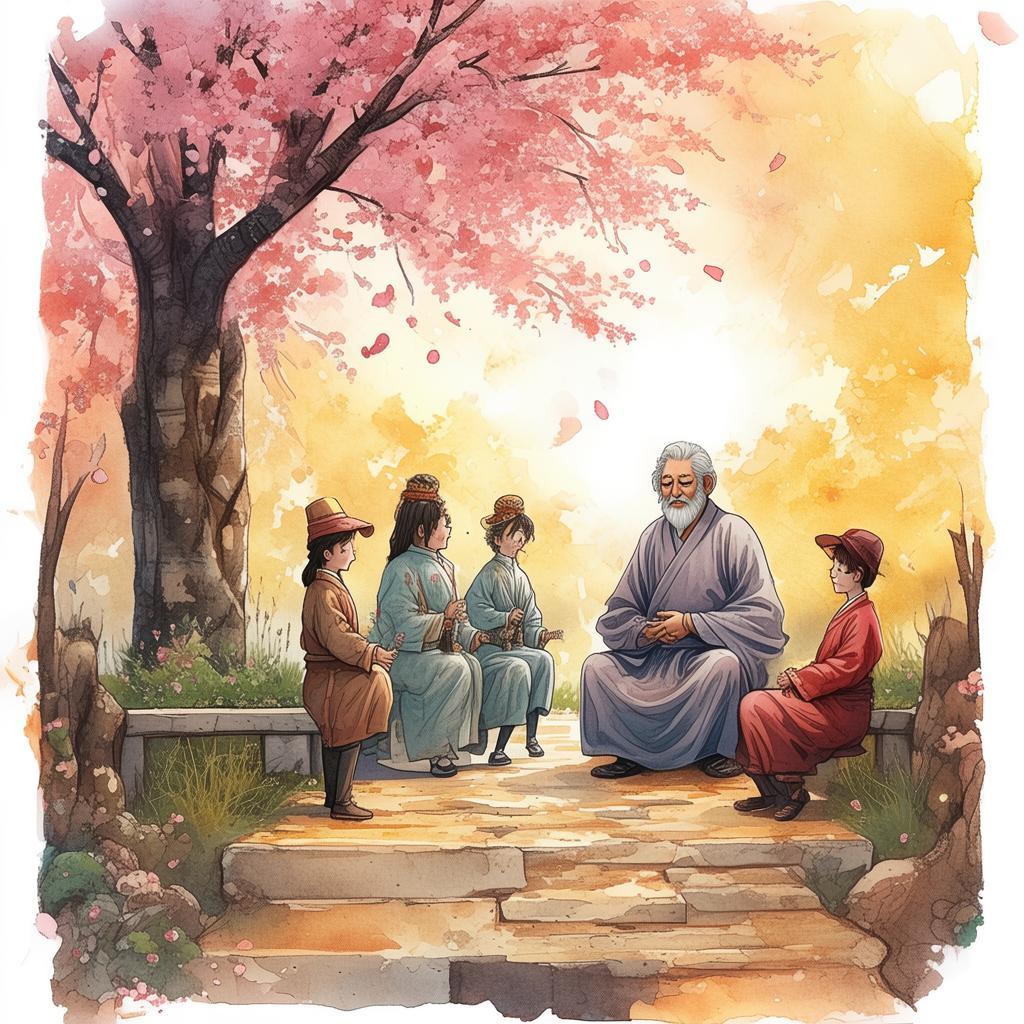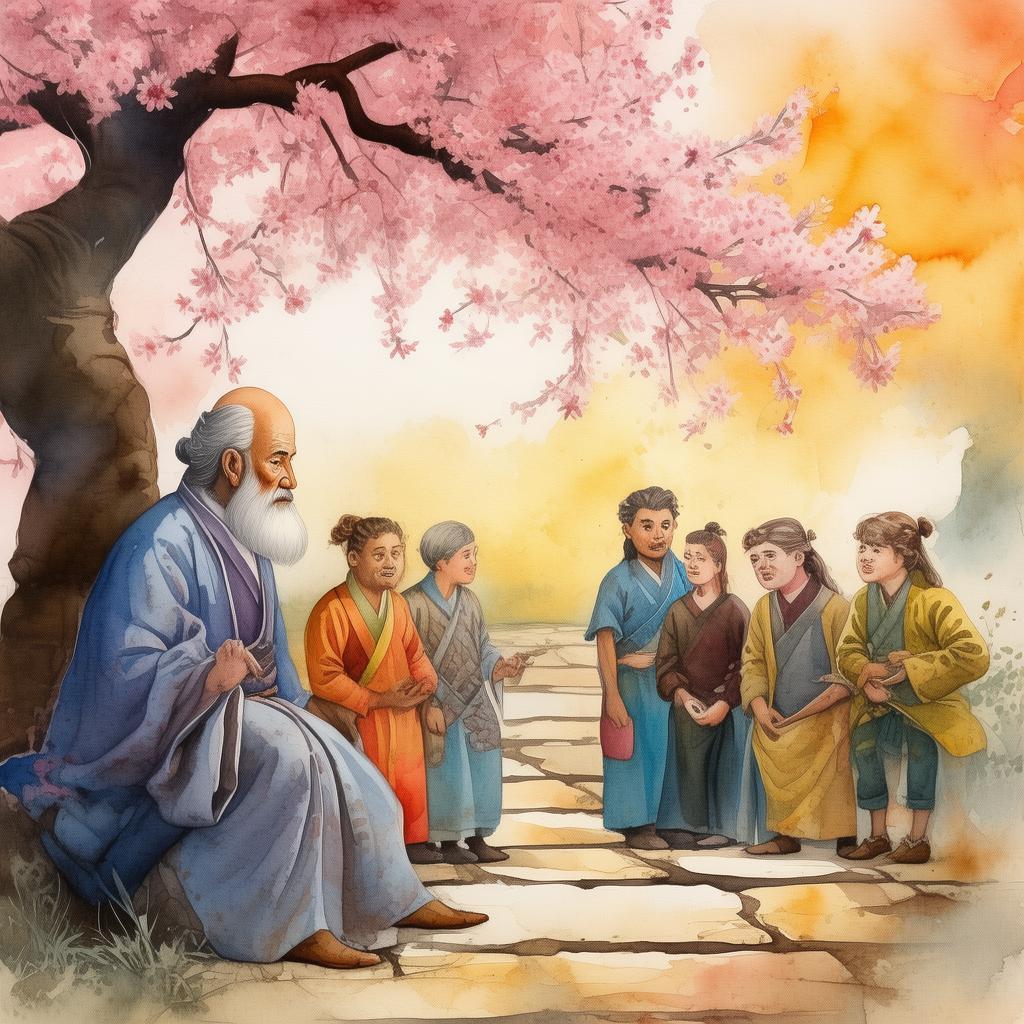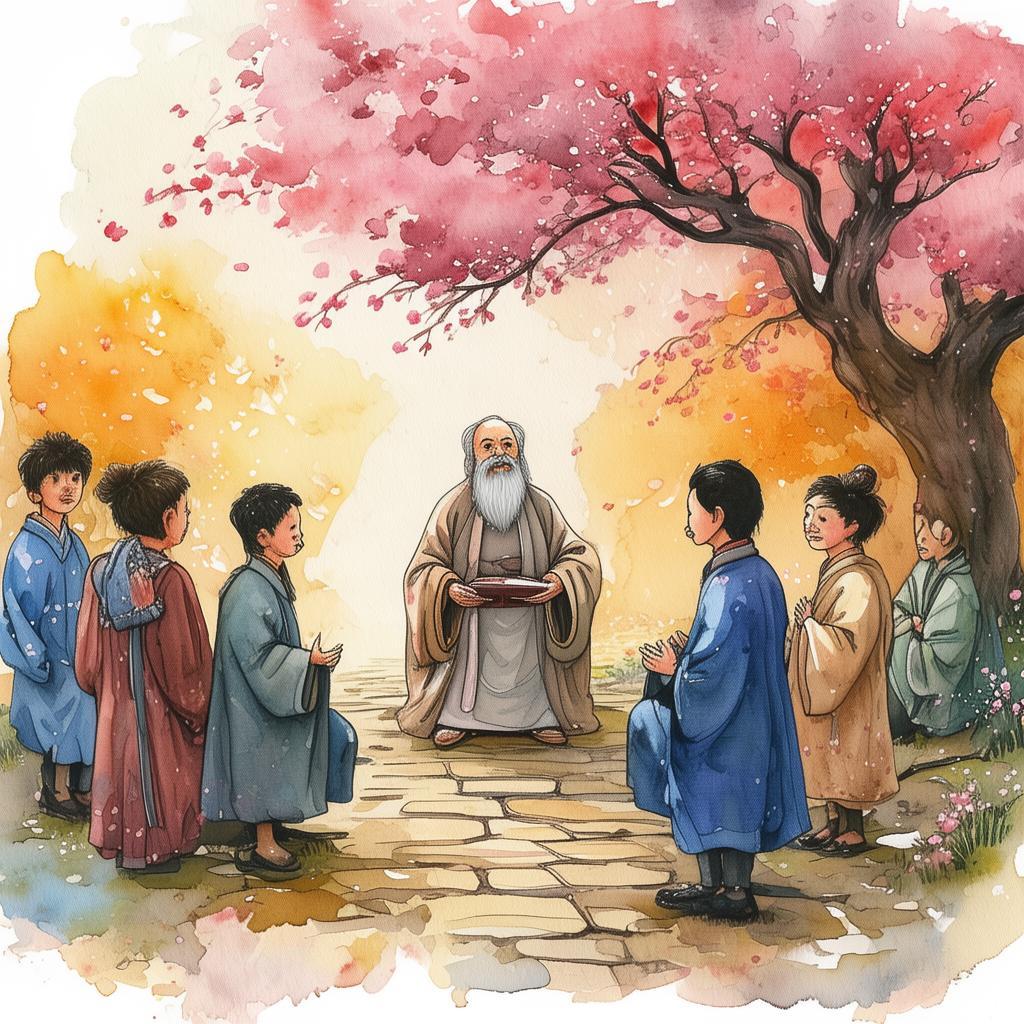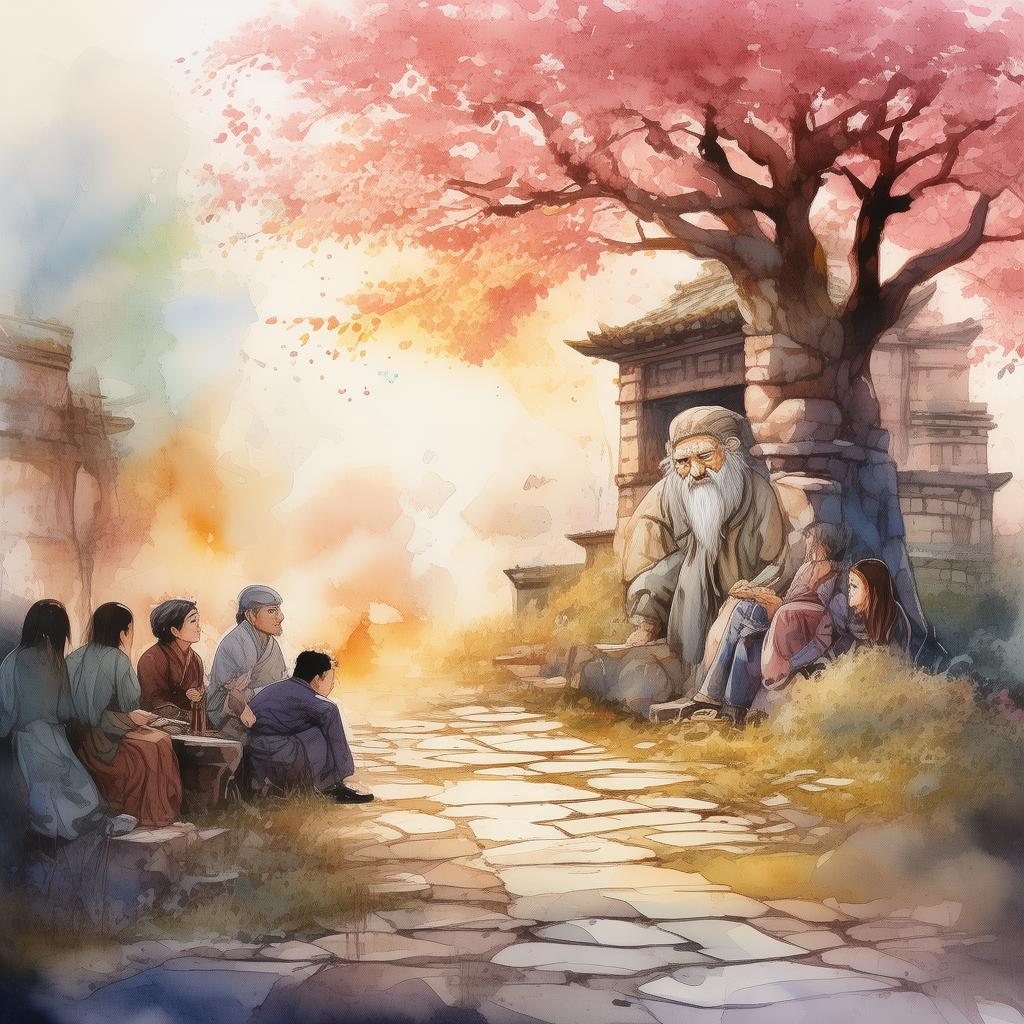The Starry Strings: A Symphony of Moral Restoration
In the heart of a bustling city, where the hum of life was a constant symphony, there lived a young violinist named Ling. She was known for her exquisite talent, her fingers dancing effortlessly over the strings, producing melodies that could make the stars in the night sky weep. Yet, behind her bright smile and the polished exterior of a prodigy, there lay a soul burdened by the weight of her past.
Ling's father, a renowned composer, had abandoned her when she was but a child. The scars of his absence ran deep, and she had vowed never to let music touch her heart again. Her violin had become a tool, a way to pay the bills and support herself, rather than a means of expressing her emotions.
One evening, as Ling was practicing in her dimly lit apartment, she heard a knock at the door. It was an elderly man, Mr. Chen, a former colleague of her father, who had been in the music industry for decades. He introduced himself and explained that he had been searching for Ling for years, hoping to reconnect with her and perhaps share some of her father's legacy with her.
Intrigued but guarded, Ling agreed to meet with Mr. Chen. He spoke of her father's final days, how he had been haunted by a symphony he had never completed. The symphony was a testament to his moral restoration, a reflection of his journey from a man who had lost his way to one who found redemption.
The symphony was called "The Starry Strings," and it was to be a symphony of moral restoration, a narrative woven from the threads of Mr. Chen's memories and the fragments of her father's work. He had spent years piecing together the composition, and now, he believed, it was time for Ling to take it up and finish what her father had started.

Ling was hesitant at first, but as she began to play the first few notes, she felt a strange connection to the music. The notes seemed to speak to her, telling a story of loss, redemption, and the power of forgiveness. She realized that this symphony was not just about her father's past, but about her own journey as well.
As she delved deeper into the composition, Ling discovered that the symphony was divided into four movements, each representing a different stage of her father's life. The first movement, "The Lament," was a somber reflection of his fall from grace. The second, "The Descent," depicted his struggle with his past and his search for redemption. The third, "The Awakening," showed his newfound purpose and the hope he found in the music. Finally, the fourth movement, "The Restoration," was a celebration of his moral rebirth and the legacy he left behind.
As Ling played the symphony, she felt the weight of her own past lifting. She realized that her father's absence had not been an act of abandonment, but a result of his own battles with his own demons. She understood that she could choose to carry the burden of his absence or to embrace the legacy he had left behind.
The day of the symphony's premiere arrived, and the hall was filled with anticipation. As Ling took the stage, she felt the weight of the world upon her shoulders. She played with a passion and intensity that left the audience breathless. The symphony, with its intricate melodies and emotional depth, captivated everyone present.
As the final note echoed through the hall, there was a moment of silence, followed by a thunderous applause. Ling bowed deeply, her eyes glistening with tears. She had not only completed her father's symphony but had also found her own path to redemption.
In the days that followed, the story of "The Starry Strings" spread like wildfire. It was a tale of moral restoration, of how music could heal the deepest wounds and how the past could be embraced as a part of the journey towards the future. Ling's performance had not only brought her father's legacy to life but had also given her a new beginning.
The Starry Strings: A Symphony of Moral Restoration was more than just a story; it was a testament to the power of music, the strength of the human spirit, and the enduring power of forgiveness.
✨ Original Statement ✨
All articles published on this website (including but not limited to text, images, videos, and other content) are original or authorized for reposting and are protected by relevant laws. Without the explicit written permission of this website, no individual or organization may copy, modify, repost, or use the content for commercial purposes.
If you need to quote or cooperate, please contact this site for authorization. We reserve the right to pursue legal responsibility for any unauthorized use.
Hereby declared.
